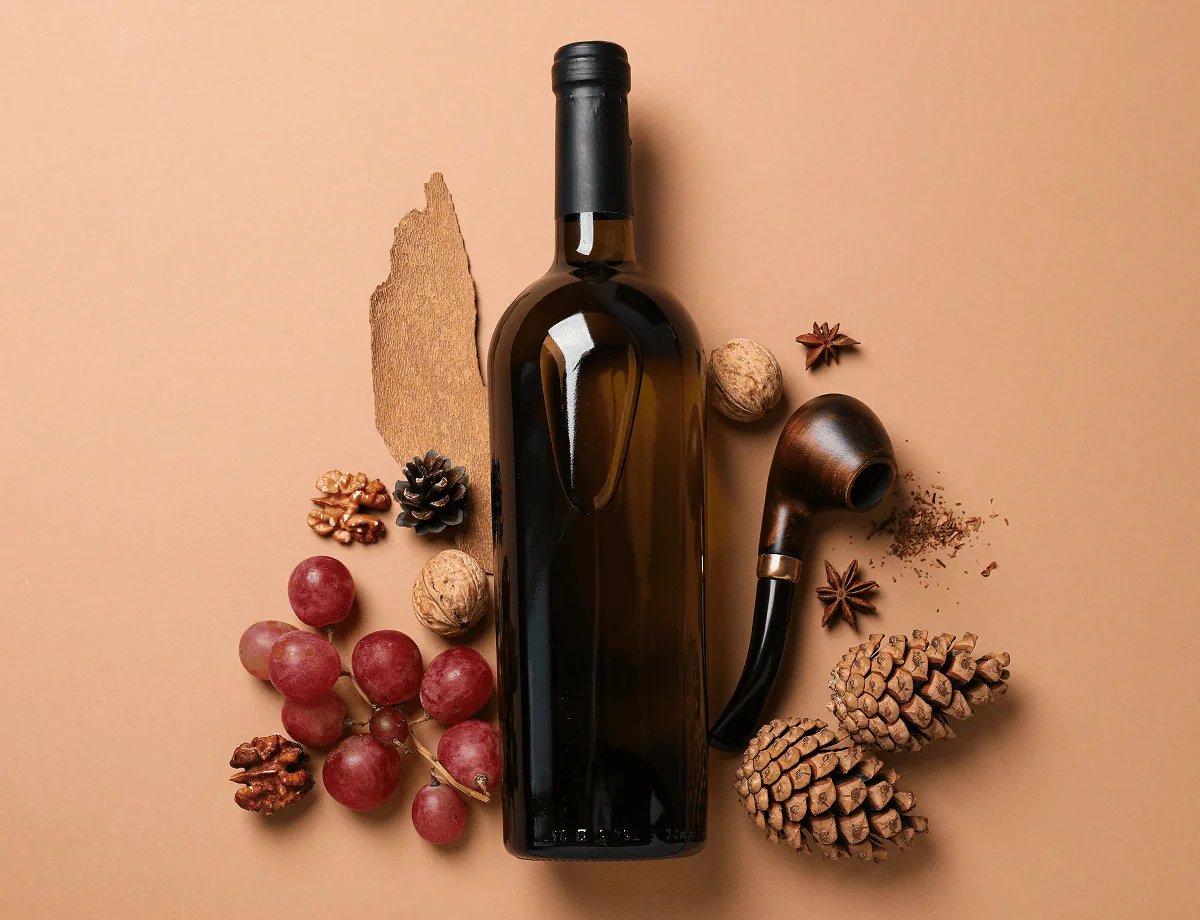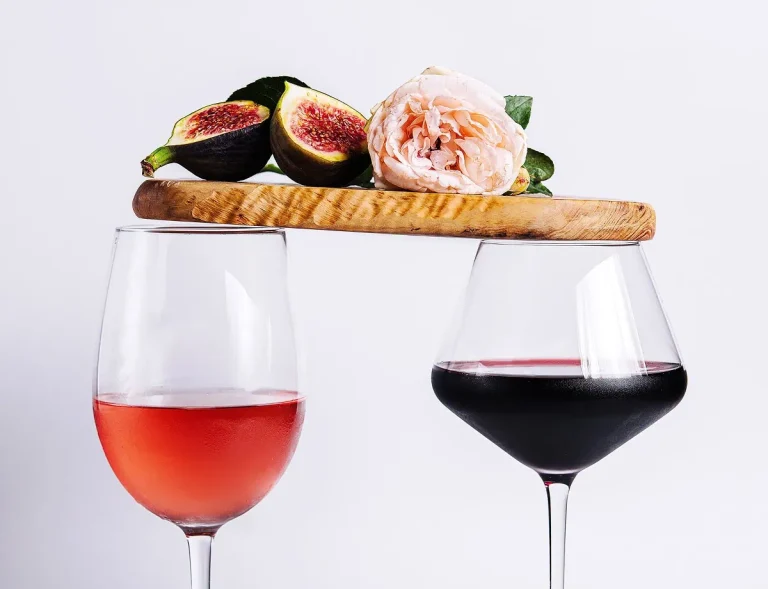🎁 Buy 6 Bottles, Get 6 FREE
What is Dry Wine?

A dry wine is one that contains very little residual sugar, meaning it does not taste sweet since nearly all of the natural grape sugars are converted into alcohol during fermentation. The word “dry” describes this low sugar level, giving the wine a clean, crisp, and often refreshing character instead of a sweet flavor.
Wine descriptions can be confusing, especially if you’re new to wine tasting. Words like “dry,” “sweet,” “full-bodied,” or “tannin-rich” can make it feel like wine has its own complicated language. One of the most common questions for beginners is, “what does dry wine mean?” If you’re curious about dry wine and want to learn what it is, how it’s made, and what types exist, you’re in the right place.
This guide will clearly define what is dry wine, explain how it’s produced, and clear up some common misconceptions. You’ll also learn how to recognise dry wine and how it fits into a health-conscious lifestyle.
What Does it Mean When a Wine is Dry?
When wine enthusiasts or sommeliers call a wine “dry,” they’re not referring to a wine’s ability to make your mouth feel dry. Instead, the term “dry” refers to the level of residual sugar left in the wine after fermentation. Simply put, a dry wine has little to no residual sugar, giving it a less sweet taste compared to dessert or off-dry wines.
Here’s an easy way to think about it:
- Dry wine = minimal to no sugar (completely fermented)
- Off-dry wine = has a slight sweetness
- Sweet wine = significant residual sugar left behind
How Dry Wines Are Made
When winemakers produce wine, they use grape juice and yeast as key ingredients. Yeast consumes the natural sugar in grape juice and converts it into alcohol and carbon dioxide.
To create dry wine, winemakers allow fermentation to complete fully, meaning that almost all the sugar is consumed by the yeast. The result? A wine with minimal residual sugar, leading to that dry, less sweet taste.
Here’s a quick look at the process of making dry wine:
- Harvesting – Grapes are picked at the right ripeness.
- Crushing and Fermentation – The juice is extracted, and yeast is added to begin the fermentation process.
- Full Fermentation – The sugar content is fermented entirely into alcohol.
- Clarification – After fermentation, solids and sediments are removed to refine the wine.
- Ageing – The wine is aged to develop its distinct flavour, whether in stainless steel tanks or wooden barrels.
The key to a dry wine lies in step 3, where fermentation is carried out until no sugar remains.

What is Dry Wine: Grapes
To make great dry wines, winemakers often choose specific grape varieties because of their natural qualities and how well they work during fermentation.
| Grape | Description |
|---|---|
| Cabernet Sauvignon | This grape is known for its strong flavours and bold tannins, making it a top choice for dry red wines. |
| Chardonnay | A flexible white grape used to create dry white wines that can taste buttery or crisp, depending on how it’s made. |
| Merlot | A softer red grape that makes smooth and dry wines with fruity and earthy flavours. |
| Sauvignon Blanc | A white grape loved for its fresh acidity and citrus flavours, perfect for dry white wines. |
| Syrah/Shiraz | This grape creates rich, spicy dry red wines with deep dark fruit flavours. |
| Pinot Noir | Known for making delicate and elegant dry red wines with flavours of cherry and hints of mushroom. |
| Tempranillo | A Spanish grape that produces full-bodied dry red wines with berry and spice flavours. |
Common Misconceptions About Dry Wine
There are plenty of misconceptions about what dry wine is, which can confuse even seasoned drinkers. Here’s the truth behind three common myths about dry wine:
- “Dry Wine Means Tannic”
Many assume that if a wine is high in tannins (compounds found in grape skins), it must be dry. However, tannins contribute to a wine’s texture and bitterness, not its sweetness level. A wine can be dry but not very tannic, as in the case of dry Riesling.
- “Dry Wines Make Your Mouth Dry”
While highly tannic wines can create a drying sensation in your mouth, this shouldn’t be confused with the dryness of the wine itself. Dryness refers exclusively to residual sugar levels.
- “Dry Wines Are Always Bitter”
Dry wines aren’t synonymous with bitterness. They can be fruity, fragrant, and refreshing, even without sweetness. For example, a dry Pinot Grigio offers delicate, fruity notes without a trace of bitter flavours.
How to Tell If a Wine Is Dry
Sometimes, determining if a wine is dry is easier said than done. Luckily, there are a few simple ways to identify dry wine like a pro.
Check the Label
Labels often specify dryness levels. For example:
- “Brut” on sparkling wines means dry.
- Terms like “dry” or “bone-dry” on labels usually refer to minimal sweetness levels.
Look for Residual Sugar
Some winemakers list technical details on the back of the bottle, including residual sugar levels in grams per litre (g/L). Wines under 4 g/L are considered dry.
Ask Your Server or Sommelier
If you’re ordering at a restaurant, don’t hesitate to ask! Pros can guide you to the driest options on the list.
Now that you can define “dry wine” and know its characteristics, you’re well on your way to enjoying your next glass with greater confidence. Whether you’re exploring a crisp Sauvignon Blanc or a bold Cabernet Sauvignon, understanding dryness helps you identify your preferences and refine your palate.
Looking for the perfect wine? Explore our dry wine collection for expert picks and pairing tips tailored to wine lovers like you. Cheers!
What is Dry Wine FAQ
A dry wine is one that has little to no residual sugar, meaning it isn’t sweet. The dryness levels are determined by the fermentation process, during which yeast converts most of the grape sugars into alcohol.


